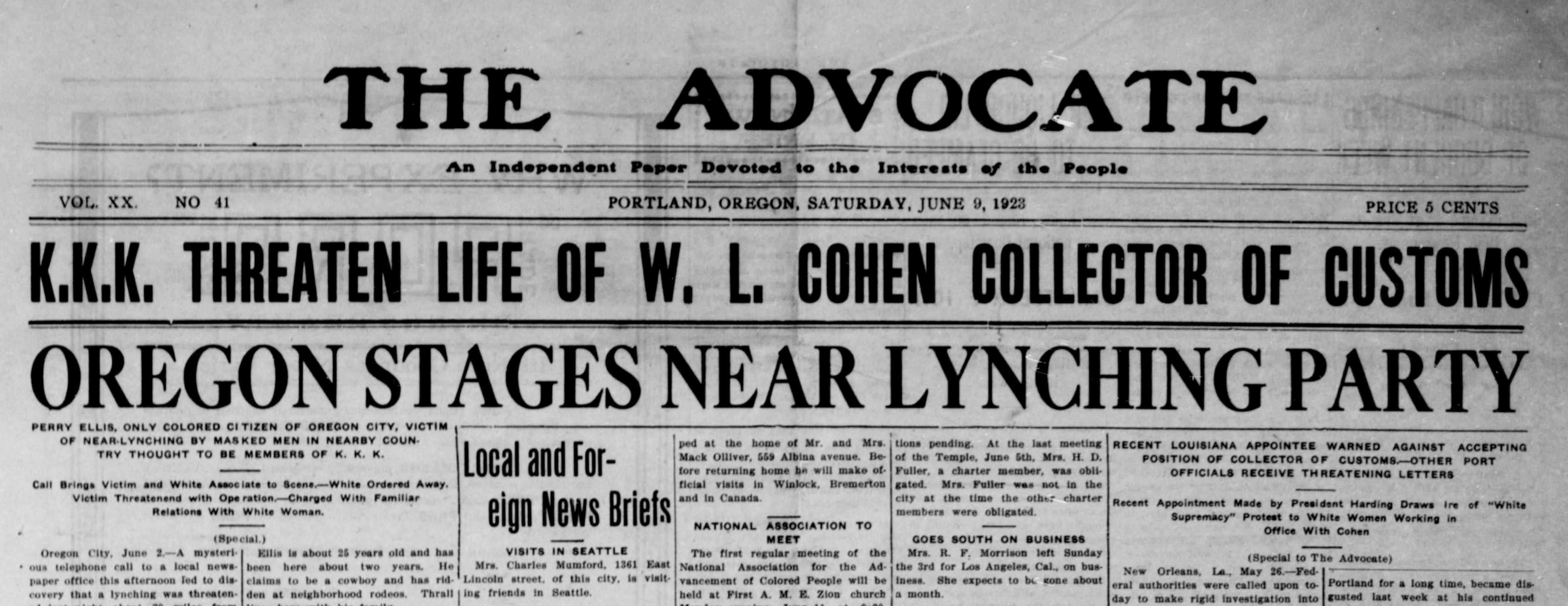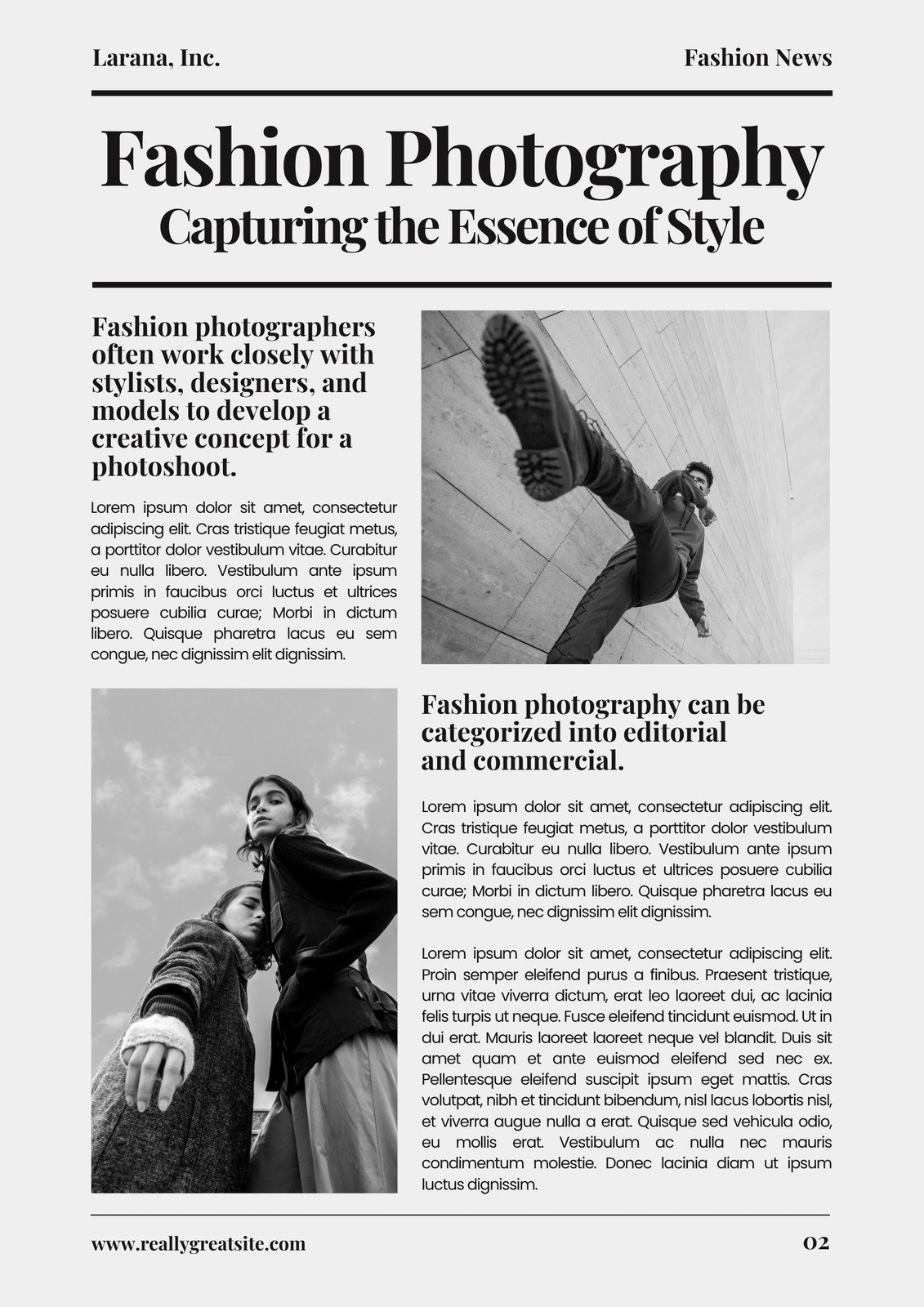News Articles Fundamentals Explained
News Articles Fundamentals Explained
Blog Article
News Articles Fundamentals Explained
Table of ContentsAbout News ArticlesThe 10-Minute Rule for News ArticlesWhat Does News Articles Mean?The Main Principles Of News Articles Some Known Factual Statements About News Articles
Good knowledge of various subjects provides students an affordable edge over their peers. Despite the fact that electronic and social media sites are easily obtainable, we must not fail to remember exactly how vital it is to check out the papers. Parents should try and instill the practice of reviewing a newspaper as a day-to-day routine to continue the legacy of the adored print medium.News stories likewise consist of at the very least one of the following essential features loved one to the intended target market: distance, prominence, timeliness, human interest, strangeness, or repercussion.
Within these limitations, information stories also aim to be detailed. Other elements are involved, some stylistic and some obtained from the media type. Among the larger and more reputable papers, fairness and balance is a major factor in providing details. Discourse is typically constrained to a different section, though each paper may have a various overall slant.
Papers with a worldwide audience, as an example, often tend to utilize a more official design of composing. The particular selections made by an information outlet's editor or editorial board are often accumulated in a style guide; usual style overviews include the and the United States News Design Book. The main objectives of news writing can be summarized by the ABCs of journalism: precision, brevity, and clarity.
News Articles Fundamentals Explained
Generally, reporters will certainly not make use of a lengthy word when a brief one will certainly do. They make use of subject-verb-object construction and dazzling, active prose (see Grammar). They provide narratives, instances and allegories, and they hardly ever rely on generalizations or abstract concepts. Information authors try to stay clear of making use of the very same word greater than once in a paragraph (often called an "resemble" or "word mirror").
Nonetheless, headings often leave out the topic (e.g., "Jumps From Boat, Catches in Wheel") or verb (e.g., "Pet cat female lucky"). A subhead (likewise subhed, sub-headline, subheading, subtitle, deck or dek) can be either a secondary title under the main headline, or the heading of a subsection of the short article. It is a heading that precedes the major message, or a group of paragraphs of the major message.

Additional signboards of any of these types might appear later in the write-up (especially on subsequent web pages) to lure additional analysis. Such billboards are also utilized as guidelines to the short article in other areas of the magazine or site, or as ads for the piece in other magazine or sites. Regular framework with title, lead paragraph (summary in vibrant), other paragraphs (information) and get in touch with information.

Instance of a hard-lead paragraph NASA is recommending an additional room job. The agency's budget request, announced today, consisted of a strategy to send one more mission to the Moon. This time the firm really hopes to develop a long-term facility as a jumping-off factor for various other space experiences. The spending plan demands around $10 billion for the job.
The NASA announcement came as the firm requested $10 billion of appropriations for the project. An "off-lead" is visit the 2nd crucial front page information of the day. The off-lead shows up either in the top left edge, or straight below the lead on the. To "hide the lead" is to begin the article with background info or information of additional significance to the viewers, forcing them to find out more deeply into a write-up than they must need to in order to find the important factors.
A Biased View of News Articles
Common usage is that one or 2 sentences each develop their very own paragraph. Reporters usually explain the organization or structure of a newspaper article as like it an upside down pyramid. The vital and most intriguing elements of a story are put at the beginning, with sustaining details following in order of decreasing value.
It permits individuals to explore a topic to only the depth that their curiosity takes them, and without the imposition of details or nuances that they might think about pointless, however still making that details readily available to extra interested viewers. The upside down pyramid structure also makes it possible for posts to be cut to any kind of approximate size throughout design, to fit in the area readily available.
Some writers start their stories with the "1-2-3 lead", yet there are many sort More hints of lead readily available. This layout usually starts with a "Five Ws" opening up paragraph (as explained above), adhered to by an indirect quote that offers to sustain a significant component of the very first paragraph, and afterwards a direct quote to sustain the indirect quote. [] A twist can describe several things: The last story current broadcast; a "delighted" story to end the program.
Longer posts, such as magazine cover write-ups and the pieces that lead the within sections of a paper, are known as. Attribute stories vary from straight news in numerous ways.
The smart Trick of News Articles That Nobody is Discussing
The reporter typically information communications with interview subjects, making the piece a lot more individual. A feature's very first paragraphs frequently connect an interesting minute or occasion, as in an "unscientific lead". From the details of a person or episode, its sight quickly expands to abstract principles concerning the story's subject. The section that indicates what a function is around is called the or signboard.

The Editor's Tool kit: A Recommendation Guide for Beginners and Professionals (2001) Allan M. Siegal and William G. Connolly. The New York City Times Guidebook of Style and Use: The Authorities Design Overview Made Use Of by the Writers and Editors of the Globe's Most Reliable Newspaper (2002) M. L. Stein, Susan Paterno, and R.
Report this page